Goodnight Kiss 2 is a sandbox visual novel where middle-aged everyman Eli Jones navigates a web of temptation after a playful college coed cracks open his self-control. Will he cling to virtue, indulge in reckless desire, or dance on the edge of power and consequence? Your choices shape Eli’s story—and the lives of everyone around him.
Characters: Flaws, Fire, and Forbidden Chemistry
1. Eli Jones: The Relatable Everyman: Eli isn’t a hero or a villain—he’s a 42-year-old divorcee working as a high school math teacher, grappling with midlife restlessness. His quiet routine (weekend hikes, late-night TV) shatters when Chloe, a 20-year-old art student with a penchant for teasing, moves into his apartment complex. Her laughter, offhand compliments, and deliberate “accidental” encounters (forgetting her keys, spilling coffee on his shirt) turn his world upside down.
2. Chloe: Chaos with a Smile: Chloe isn’t just a temptation—she’s a mirror. She sees through Eli’s “good guy” act, pushing him to admit he’s bored, lonely, and curious. Her motives are unclear: Is she genuinely smitten, or is this a game to her? Her unpredictability (one day sweetly baking him cookies, the next flirting with his teenage student) keeps players on edge.
3. The Town’s Hidden Currents: Eli’s community isn’t passive. His ex-wife, Linda, runs the local bookstore and still cares deeply; his students, including Chloe’s best friend, notice his distracted behavior; even the town pastor, Father Michaels, offers cryptic advice. Every interaction ripples—kindness to Linda might mend old wounds, while ignoring the pastor could spark scandal.
Choices: Virtue, Vice, and the Gray in Between
1. The Temptation Spectrum: Eli’s decisions range from “good guy” (politely rejecting Chloe’s advances, focusing on his students) to “reckless” (sneaking into her dorm at 2 a.m., lying about his whereabouts). But the most compelling paths lie in the gray: flirting back but stopping short, confiding in Chloe about his loneliness, or using his teacher status to “accidentally” bump into her. Each choice feels personal, with no clear “right” answer.
2. Power Dynamics at Play: Eli’s role as a teacher and Chloe’s youth create inherent tension. Does he leverage his authority (subtly, like suggesting extra credit for her art class) or downplay it (“We’re equals”)? Players must weigh consent (Chloe initiates most encounters, but does she truly mean yes?) against societal expectations—a nuanced take on adult-minor dynamics that avoids exploitation tropes.
3. Consequences Creep In: Small choices snowball. A late-night text to Chloe might lead to a passionate night—but then she mentions it to her friend, who tells the principal. Ignoring Linda’s calls could mean missing a chance to reconnect, or she might uncover his secret. Even kindness has costs: Comforting Chloe after a breakup might deepen their bond… or make her see him as a replacement.
Sandbox Freedom: Live the Life You Choose
1. Open-World Exploration: The coastal town of Pine Hollow isn’t just a backdrop—it’s a playground. By day, Eli can grade papers at the diner, coach his niece’s soccer team, or hike the cliffs with Linda. By night, he might run into Chloe at the bar, attend a town festival, or stumble upon a secret art show. Every location holds secrets: the diner owner’s gossip, the barista’s crush on Chloe, the lighthouse keeper’s mysterious past.
2. Time & Relationship Management: The game uses a dynamic calendar system. Miss a coffee date with Chloe, and she might move on to someone else. Skip a parent-teacher conference, and Linda questions your commitment. Balancing work, relationships, and personal growth (Eli secretly wants to paint again) adds layers of realism—players feel the weight of every minute.
3. Player-Driven Stories: No two playthroughs feel alike. One player might pursue a slow-burn romance with Chloe, another might rebuild trust with Linda, and a third might walk away from both to chase his art dreams. The sandbox design ensures your choices—big or small—craft a narrative uniquely yours.
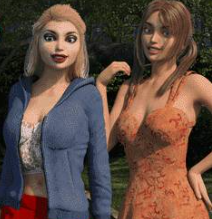
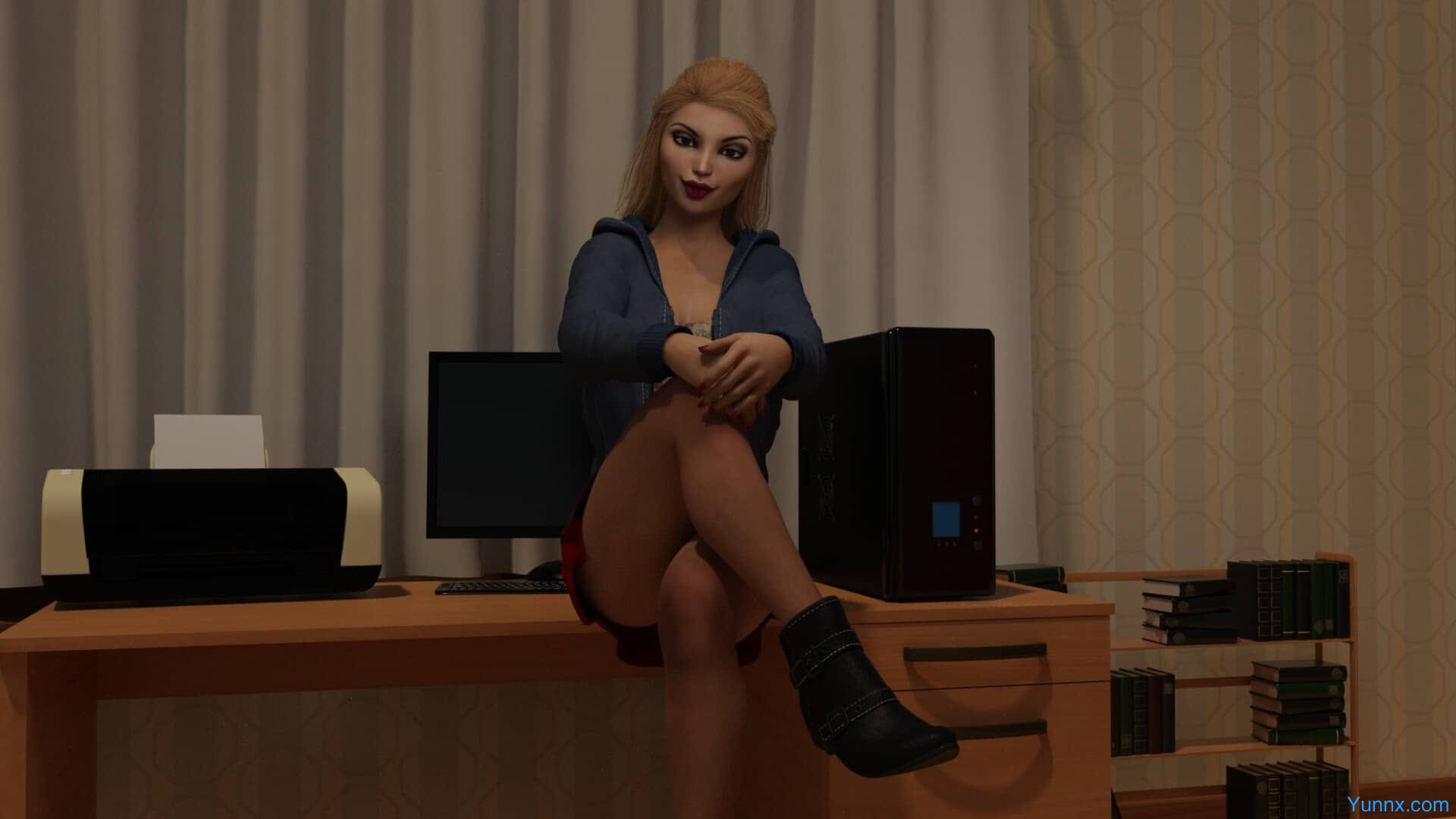
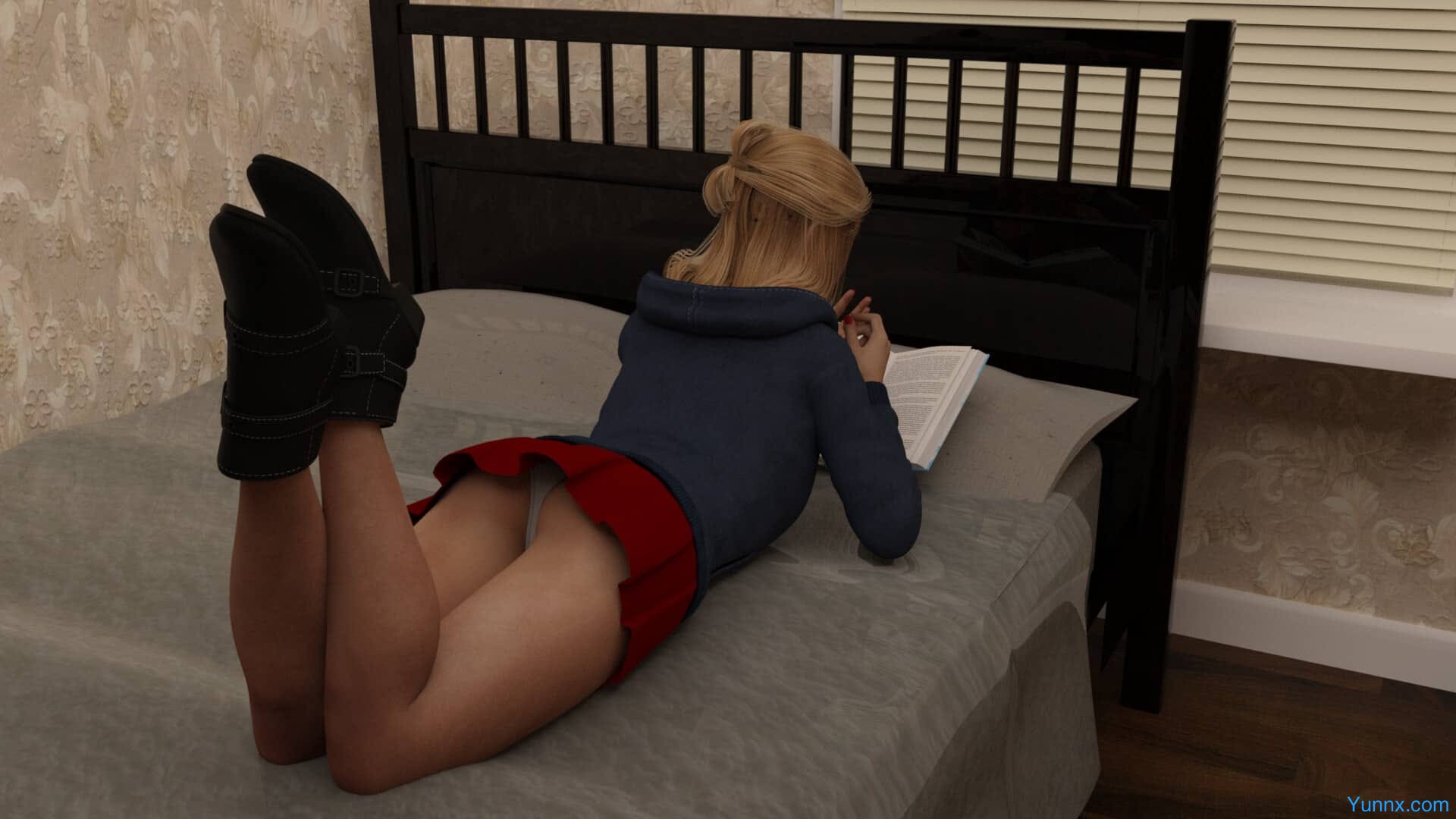

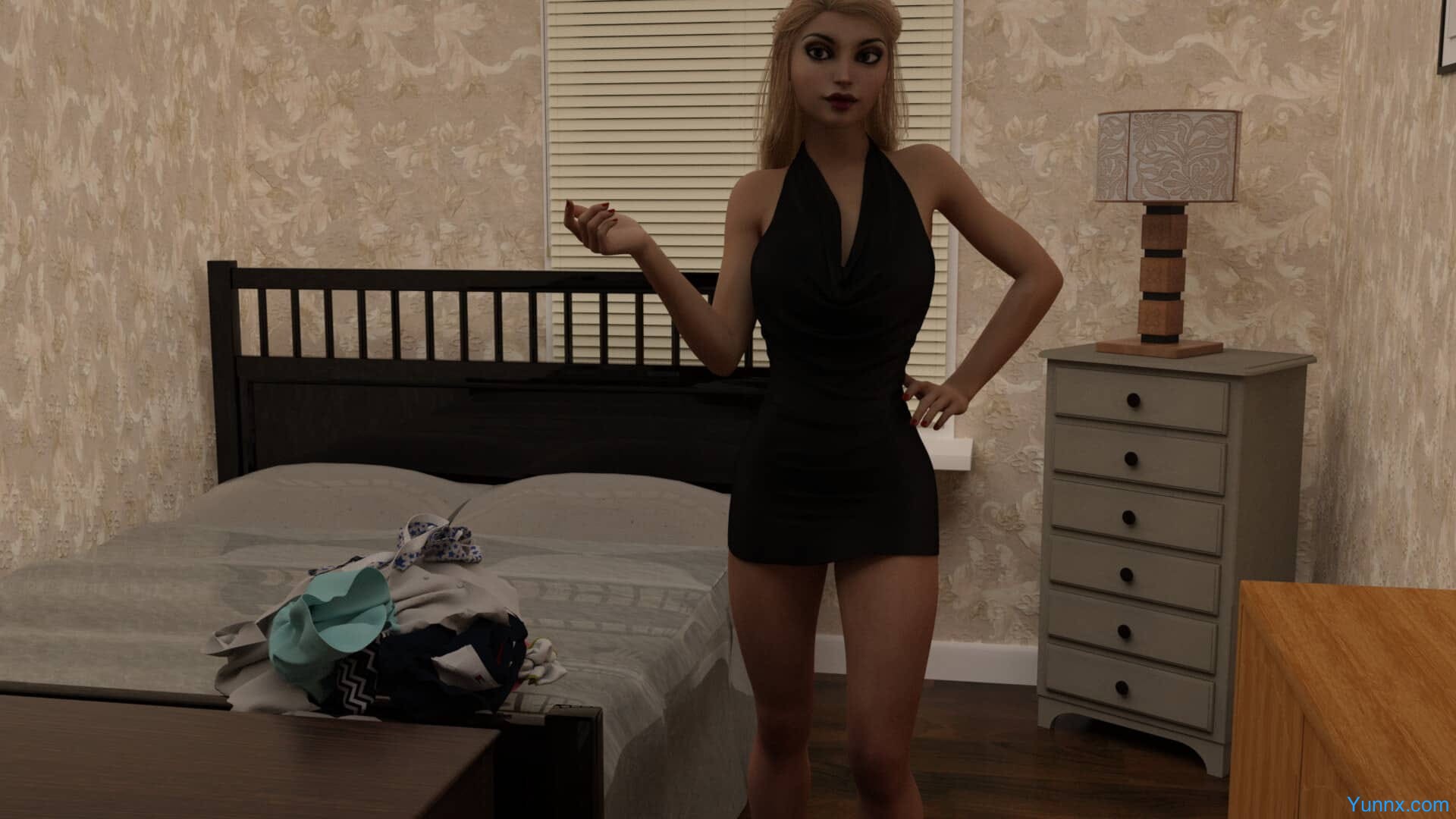
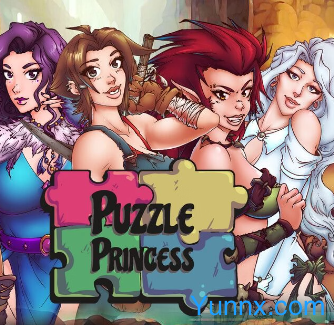
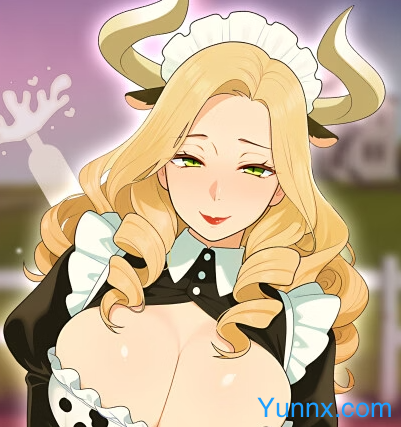

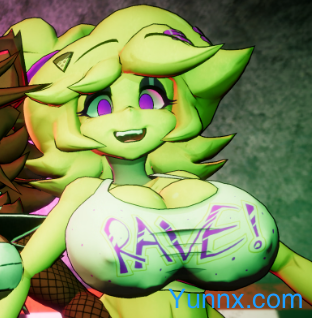




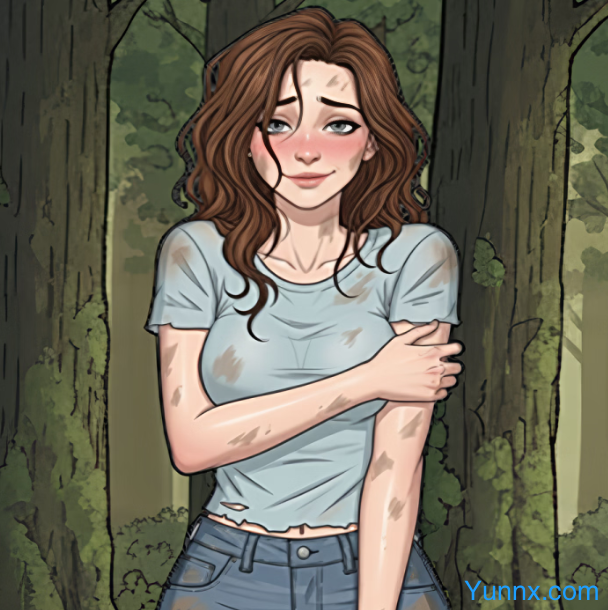

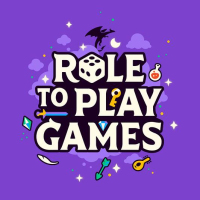
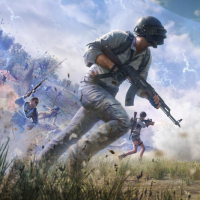

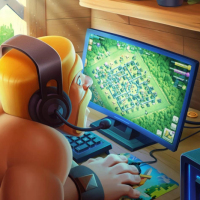
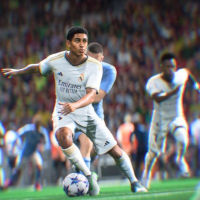
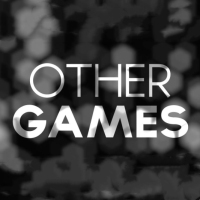
Preview: